Only here did contemporary artistic imagination gain full freedom and soar high, high. Buildings, after all, must have some kind of roof, windows, some kind of statics so that they don’t collapse in a simple earthquake. In painting and sculpture, all canons and traditions are excluded. Judging by TV broadcasts, there are never more artists in this region. Where did such a large number suddenly come from? Did someone in the past prevent men and women from aristocratic families from expressing themselves artistically, while they had a secure material existence and the leisure necessary for intellectual activities? Where did this qualitative “dialectical leap” come from? Or is it the effect of inflation? When money loses value, then even the poor begin to think that they have more than before. Blessed are the poor with imagination, their kingdom has arrived. Works of art have always had a high price, and the authors were not poor. Today, things have changed to the extent that this part of social life has also been transformed into stock market speculation. When it comes to art, stock exchanges have become auction houses, and the media orchestrate an atmosphere of competition. All speculators know that the value of stock market securities can be artificially reduced or increased, and therein lies the “charm” of speculative capitalism. The owner of a security knows what others do not know and wakes up the next day with a large “profit”. It is extremely important to him that there is no socially creative work behind this profit, that he has not physically and intellectually tired from working, and that he can laugh contemptuously at those who are not informed and who have to earn their bread by the sweat of their brow. The modern speculator in art knows very well that the paintings listed below are worth nothing and that any house painter can quickly make them, but this makes his satisfaction all the greater.
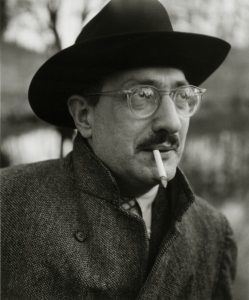
It will never be known why painting number 1, (Orange, Red, Yellow) was sold at auction (Christie’s, New York, 2012) for 86.9 million US dollars. What is the difference between the eight paintings included? The gallery owners describe the painting as follows:
“The rectangles within this painting do not reach the edge of the canvas and appear to float above the surface. This is a special visual effect. As we look at each colored part of the painting individually, our perception is unconsciously influenced by the neighboring colors. The red-orange center of the painting adds a green tint to the yellow above. And the yellow above produces a blue tint to the orange below.”
But these color effects were not the most important to him; Rothko did not want to evaluate his paintings according to spectral analysis. He says: “If you only notice color relationships in my paintings, then you are on the wrong track.2 I try to express great emotions through paintings – tragic, ecstatic, fatal. So, the painter claims that colors are not crucial to understanding a painting”
Furthermore, it is difficult to see anything “tragic, ecstatic, fatal” in the mechanical application of three colors as a rectangular surface on canvas.
And Rothko’s painting 2, “Lavender, Red, Green”, (238.8 x 145.1 cm) reached a price of 186 million US dollars in 2014. We ordinary observers see in this painting three colors mechanically arranged. Again, let’s look at what the propagators of contemporary art see in Rothko’s paintings:
“Mark Rothko’s iconic style involves drawing simple rectangular strips of vivid colors. This painting has a large lavender surface followed by thinner green and red of medium size.”
“Rothko’s paintings are characterized by coordinated blocks of color that celebrate simplicity…”
“This painting seems to introduce us to another world. His three colors on the canvas are something more than what we see, they are emotions frozen in time. The way they are arranged is reminiscent of a dream that unfolds before our eyes… Although these are just rectangles on the canvas, there is something incredibly powerful in the way Rothko arranged them. It seems as if he is whispering to us the deepest secrets through the language of colors… It is a masterpiece, his colors are full of life…”
We have seen what feelings can be evoked by the surfaces painted in purple, green and red on a large canvas. The only thing that is unclear is why the other three-color Rothko canvases were not equally inspiring and appreciated on the stock exchange. It is to be expected that, when the time comes, gallery owners and critics will start writing that they feel completely immersed in the magic of the three colors as they stand and in front of other Rothko paintings.
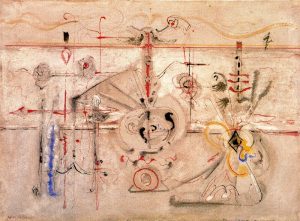
According to the gallery: “Rothko used diluted watercolors to depict the beginnings of life in water. Here, the red and brown strokes are reminiscent of the swimming amoebas in many of his early paintings, hence the title The Archaic Idol. Like many Abstract Expressionists, Rothko was interested in the origins of life and creation myths. He set out his explanations in a 1943 manifesto with the painter Adolph Gottlieb. Among other things, for him, contemporary art has a spiritual kinship with primitive and archaic expressions.”3
It is claimed that contemporary art is spiritually related to “primitive and archaic expressions” – cave drawings clearly demonstrate this. When it comes to amoebas swimming in water, it should be added that we do not see them, but it is possible that the painter saw something like “beautiful white mice” on the canvas if the picture was created at the time when he was staring at the bottom of a glass. If the author was really so interested in questions about the origin of life, then he could have created a series of beautiful paintings dedicated to his contemporaries, geneticists Watson and Crick4 who in 1953 discovered the “secret of life” or expressed scientific and philosophical questions in prose. But in that case he would have had to put in much more effort than the room painter. Here we should not belittle the skill of the room painter, because they know how to apply different layers of paint with perfectly defined edges and they need to prepare the surface well, otherwise the owner of the apartment will not pay for the work. Furthermore, no painter would think of making a metaphysics out of his work. Everyone would think it crazy if the owner of the apartment offered him a hundred times more than he estimated his work was worth. This fantastic stock market show is sometimes spoiled by mischievous guys from the ranks of faceless painting. Thus, the Belarusian contemporary painter Vladimir Umanets committed a sacrilegious act when he smeared Rothko’s already black painting “Black on Maroon” (1958) with black ink in the Tate Modern gallery in London.
For his personal promotion in the media, Umanets chose a painting that was mostly black so that he could not do much damage to the gallery. The painting was estimated (in 2012) at several tens of millions of pounds. The young contemporary saboteur later stated that he only wanted to increase the value of the painting! If he had been completely honest, he should have added that this was about his personal promotion. The aforementioned Rothko painting “Black on Maroon” is of such magnitude in the contemporary painting constellation that everything that comes close to it is immediately pulled out of the darkness and illuminated by its beneficial light. This is how Umanets’s action should be interpreted. When he became illuminated by this light, he took the opportunity to present himself to the public as the founder of a new direction in painting with the significant name – Yellowism.
As you can see, everything is yellow here, and the author is particularly interested in the glass wool depictions. If a Rothko painting with partial yellow can be worth millions, why shouldn’t his complete yellow become valuable? Besides, it’s much easier to cover a surface with one color than with three.
Even before Umanets, Robert Rauschenberg5 came up with the idea that we should get rid of colors, why complicate things. Monochrome paintings (house white) are ideal paintings, devoid of unnecessary colorfulness, something like Plato’s ideas. This idea deeply impressed his acquaintance John Cage.6 Cage was a composer and saw that an artistic painting could be called something that did not represent anything concrete, so he decided to create a composition that was not far behind the abstractions of painting. He called this performance/composition 4’33”, (four minutes and thirty-three seconds). And it turned out that Cage was on the right track, he became immortal:
“…he was not afraid of experimentation, but his most famous work, for which he will always be remembered, is certainly 4’33”…”
“One of the leading names of the post-war avant-garde…”
“Cage noticed something that others before him did not, he noticed that artists have long been searching for something that could overcome both time and place, and that something like that is only possible if both the composer and the performer are removed from the creative process. It sounds like a puzzle, and in a way it is – how to achieve that? Cage succeeded, his 4’33” succeeded.”
Cage would have been completely consistent if he had demanded that all art commentators should also be removed from the scene…

Jens Haaning decided that even the house white paint was superfluous, so he decided to leave the canvas untouched (picture above). This painter made history when he delivered two blank canvases to the Danish Museum of Modern Art. The problem was that he had previously taken 84,000 US dollars from the gallery. He called the paintings “Take the Money and Run”. Note that two of the author’s canvases were framed and that the organizers decided to exhibit them. In the picture above you can see visitors exchanging impressions while standing in front of the empty frame of a non-existent painting. And while one contemporary painter saw everything around him in yellow, Yves Klein wanted to be original. He did this by replacing the yellow with blue, so that it would be his recognizable sign. In the picture below on the right, visitors try in vain to find something more than a uniform blue.

The Latins claimed that tastes should not be discussed, but here we have reached the point where taste becomes distasteful. Congenital deformities, decay and disintegration of bodily forms is a process that affects every living being and is an integral part of life, the only question is whether it should be the subject of visual art.
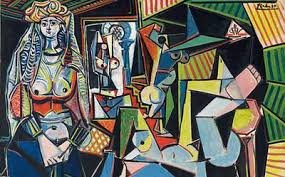
In the picture above, we see a woman who looks as calm as a swing, and around her are scattered parts of a woman’s body and unrecognizable drawings. But the painting is signed by Picasso, the painting is called Women of Algiers, Version 0, and stockbrokers sold it in 2015 for 179.4 million US dollars. The same painting was sold in 1997 for 31.9 million US dollars. The price includes a 12% commission taken by the auction house. The same house made a nice profit from all the paintings sold, which exceeds 200 million US dollars, and everyone is happy. The new owner certainly expects the stock market bubble to continue to inflate and make good money. No one knows when the burst will come and when the reincarnation of Andersen will begin to question the entire composition. The last owner will be very angry for a while, wondering how such an injustice could have happened to him, that he would lose so much money that he “earned” through hard work. To his consolation, new virtual stock market figures will soon appear and he will once again laugh at the ordinary people around him who live only on their monthly salaries. Today, the value of the painting is estimated at 205 million US dollars.

Willem de Kooning appears in this picture as a man immersed in deep contemplation. It is likely that he was receiving a revelation at that moment about what one of the enclosed female figures would look like. Kooning’s Woman III was sold in 2006 for 137.5 million US dollars, and its value has grown to 189 million US dollars. The painter remained faithful to this depiction of female figures for the rest of his life.
“Interchange”, 1955, the artist sold this painting in 1955 for 4,000 US dollars, and in 2015 its price rose to 300 million US dollars. This is a painting for which it is difficult to find a written explanation of what it actually represents. The word Interchange is mentioned as a part of New York City where the artist lived. It seems that even those familiar with the secrets of abstract expressionism have a problem when it comes to describing what the artist wanted to say.
They claim to see strong brushstrokes on the canvas and a woman sitting on a chair in the painting. They also reveal why the painting is so expensive:
“It’s not just an ordinary painting, it’s a piece of history, a magical moment captured in time.”
“When you look at Interchange, you will see a lot of wild and beautiful colors. It’s like a rainbow exploded on the canvas! The shapes and lines move around, just like you’re playing with your toys and making them dance.”
“A vibrant painting that tells a thousand stories.”
“You might be wondering why Interchange is so expensive? Well, it’s because it’s not just a painting; it’s a piece of history, a magical moment frozen in time.”
“Ultimately, “Interchange” isn’t just for the rich—it’s something everyone can enjoy! It’s like having a super cool friend who tells stories through colors and shapes. Even though you can’t touch him, you can imagine all the fun adventures that happen on the canvas. Isn’t art the most amazing thing?”
We, the uninitiated, see nothing here except enormous profits for speculators.

Three Portraits of Lucian Freud, 142.4 million, 2013. The paintings are dedicated to the artist’s homosexual partner. It is no wonder that the above painting fetched such a high price, when the media and the art mainstream describe the artist in the following way:
“With his unique style he has built a reputation as one of the greats of contemporary art.”
“There is a seriousness in his best paintings that is rarely found in modern British art. Gray Gowrie, welcoming his 1985 Tate retrospective, called him “the greatest painter in the world and the best this country has produced since Turner.” The same artist had even more beautiful works:
He must be given credit for not only portraying others deformed, but also himself. From this it can be concluded that his characters faithfully depict the inner psychological chaos. Perhaps only Dostoevsky or a professional psychiatrist could describe this interior, it would be too difficult a task for ordinary people. Therefore, only a short assessment – unnatural enjoyment of the ugly. It is recommended not to watch before going to bed.
****
In order for the works of contemporary painters to become so highly valued, comprehensive media and public support from academies, museums, gallerists, so-called art critics and various intermediaries was needed.7 There are also prestigious awards that in themselves create aesthetic value. Now it is no longer important what is painted, but who is in the signature of the painting. Before the war, visitors to an elite exhibition space in Zagreb had the opportunity to look at a painting that consisted of a white canvas with a horizontal red line running across it. This strange sight forced everyone to stop and think: God, what could this painting represent? Of course, no one could solve the riddle. To save the visitors from having to endure the ordeal, the artist came to the rescue by writing the answer at the bottom of the canvas: A red line on a white canvas! Every painter has the right to paint as his imagination dictates, he can leave the canvas unpainted or cut it out completely so that only the frame remains, but the organizers of exhibitions have no right to give space to smug painters who belittle visitors in this way. Today, no media owner will give publicity to opinions that would question the meaning of such exhibitions. On the contrary, virtual artistic legends have been created from individual authors that no one questions. Unlike speculative capitalism, which experiences cyclical collapses, the stock market of inflated artistic values is in full bloom and seems to defy the aforementioned laws.
And this is not just stock market speculation. The question is, would Rothko’s paintings be so expensive today if he had become politically insane or, in Newspeak, “politically incorrect” towards the end of his life? How much would those same paintings be worth if it had been discovered after his death that he had written about the causes of World War II in a way that did not fit into the standard narrative of the victors? Would the price of Picasso’s works have skyrocketed after 1945 if the artist had made similar paintings after “Guernica” with the title “Dresden 1945” or “Hamburg 1943”?8
Contemporary painting also has its street branch in drawings on the facades of several residential buildings in Zagreb. Here, authors are called street graffiti artists or nighttime guerrillas. It is noticeable that these “night artists” do not decorate private houses or private vehicles, but exclusively common facades and city vehicles. It is unnecessary to comment on how ugly it all is, but it is very indicative that there is no mass public protest. How is it that media owners and politicians teach us every night about the “anthropogenic cause of climate change” and do not see what our facades look like? From time to time, the city authorities announce that they will form a commission to deal with the problem, and then everything goes into oblivion. It is a comical decision to announce tenders for jobs whose job would be to remove graffiti and restore facades. Well, the “night artists” are just waiting for that to get new clean surfaces to continue living. It’s all an illusion to make it look like something is being done to prevent this evil. The decoration of facades has its price, and the representatives of the city government do not want to set appropriate penalties for the destruction of these facades. It is not true that no way can be found to suppress it, it is only a matter of political will. When it comes to such material and aesthetic damages, then you should not pay attention to permissive abuse in the style: “God, that would be repressive”. Of course, there must be adequate repression because only this can deter lawbreakers. It is interesting that this kind of mockery does not bother city politicians who normally swear that they love this city above all else in the world. There is “some secret connection”. In addition to repression, media controlled by the state and the city can be intelligently used to ridicule the “mysterious night artists” so that they appear ridiculous and unsympathetic in the eyes of their peers. Viewers could enjoy these kinds of ads more than the wild advertising of remedies for stomach and kidney problems. After all, the real polluter of public space is not CO2, but, among other things, uncontrolled advertising. Why not open a space for “night artists” at Museum of Contemporary Art/Museum of Decadent Art, or in the former Zagreb Fair? If city facades could talk, they would be overjoyed in that case.
If someone thinks that these conclusions are unfounded, let them look at what can be done by media-political manipulation in the field of science.9 There are examples from biology, anthropology,10 and even meteorology.11 Science is by its nature based on facts. It is the greatest achievement of European nations that sets them apart from the rest world, but practice shows that this means nothing to modern manipulators when it contradicts their interests. If this is the case with exact science, then it is not surprising what fate art is experiencing. We can find more imagination and beauty in the achievements of atomic physics and in experiments from molecular biology than in the works of abstract artists. This should fill us with intellectual satisfaction in this bleak environment.
In order to understand the phenomenon of contemporary art, it is necessary to place it in the historical context of the early 20th century. The negation and hostility towards everything traditional is striking – nihilism. The Marxist movement of that time had a similar worldview. All of them shared a common stance of negation of “bourgeois” values and the belief that a new life would begin with them. While contemporary art remained only in the denial of the existing state of affairs, Marxism in its Bolshevik version would reject the principles of contemporary art and begin to build art that would express the interests of the working class, socialist realism. The Bolsheviks correctly understood that nihilistic art leads to the destruction of any society, even a communist one. While the Bolsheviks sought their own artistic expression in the 20th century, the Western European nations at the beginning of the 21st century clearly did not have the strength for such an undertaking. In the field of music, we have a similar trend and it is no coincidence that after 1945, the nation of composers stopped bringing names like Mozart to the surface. Painting without colors and music without sounds and harmony, as well as the artificially inflated prices of abstract paintings, best demonstrate the degree of decadence of European nations. Faceless painting is an unnatural concept, much like the political idea of human equality.
***
On this occasion, I invite readers to join in voluntarily adding images of the “most beautiful” examples of contemporary painting and sculpture. It can be fun. (continued)
- Mark Rothko, 1903 – 1970, (Markus Yakovlevich Rothkowitz), born a Jew in Latvia, emigrated to the USA in 1913. [↩]
- Gallery label from Focus: Ad Reinhardt and Mark Rothko, 2008. [↩]
- Gallery label from Abstract Expressionist, New York, October 3, 2010. April 25, 2011. [↩]
- Molecular biologists James D. Watson, Francis Crick and Maurice Wilkins discovered the molecular structure of DNA in 1953 and received the Nobel Prize for this achievement in 1962. Rothko’s painting was created in 1945, but the aforementioned discovery was not inspiring enough for him [↩]
- Robert Rauchenberg, 1925 – 2008, American painter. [↩]
- John Cage, 1912 – 1922, American composer and music theorist. [↩]
- Since hundreds of millions of dollars are at stake here, it is no wonder that scandals like the one in the case of Rothko’s paintings surface. In this case, we have two speculators who were in a dispute for many years. Both were in prison for a while and in the end everything ended happily with an agreement. The irony is that one of them accuses the other of artificially inflating the price of a Rothko painting. The Bouvier scandal. [↩]
- Guernica is a Spanish city that was bombed by German and Italian aircraft in 1937 during the Civil War. The lowest estimates of casualties are around 100. During World War II, the German cities of Hamburg and Dresden each had several hundred times more civilian casualties in one night. [↩]
- Roger Schlafly, How Einstein Ruined Physics, 2011. American physicist and university professor. He claims that the scientist Einstein was an egomaniac because he attributed the discovery of the Special Theory of Relativity to himself without mentioning his colleagues who came before him did the main work (Hendrik Lorenz and Henri Poincare). He also claims that Einstein is responsible for steering physics in the direction of excessive theorizing. The media did not mind making him a scientific Superman and a great humanist. The latter is not very compatible with his by lobbying the US president, while that country was still neutral and the war in Europe had not started, to initiate the development of the atomic bomb. This myth still persists today. [↩]
- Modern anthropology is in contradiction with genetics, Darwin’s theory of evolution and the historical characteristics of large human groups. [↩]
- https://miroslavgoluza.com.hr/co2-kao-narodni-neprijatelj-ili-vjecno-vracanje-gluposti/ [↩]


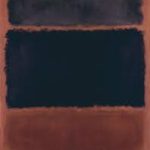
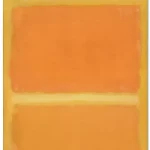
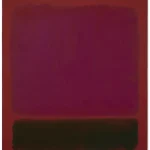

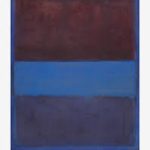

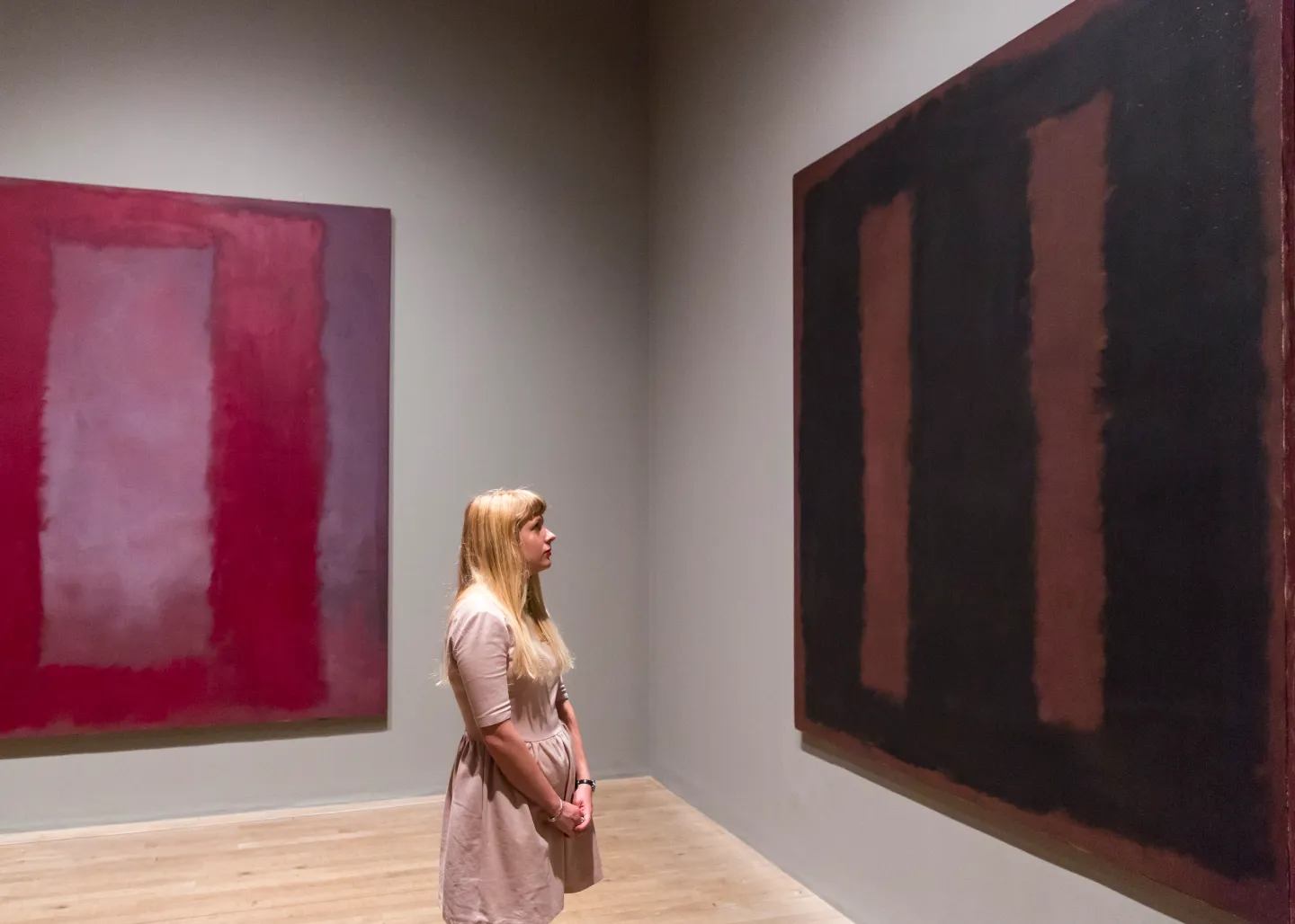
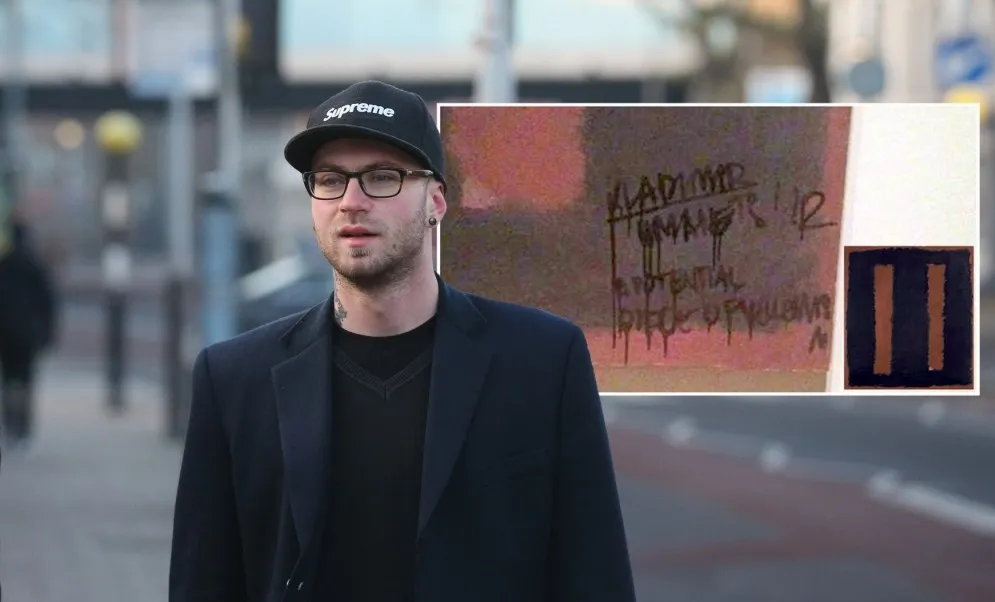


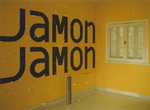




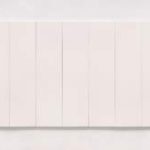





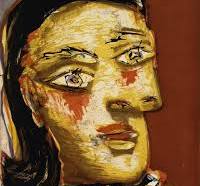



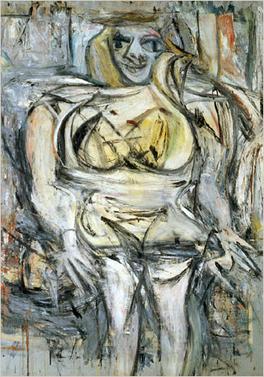

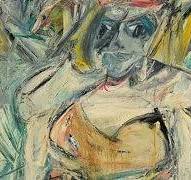
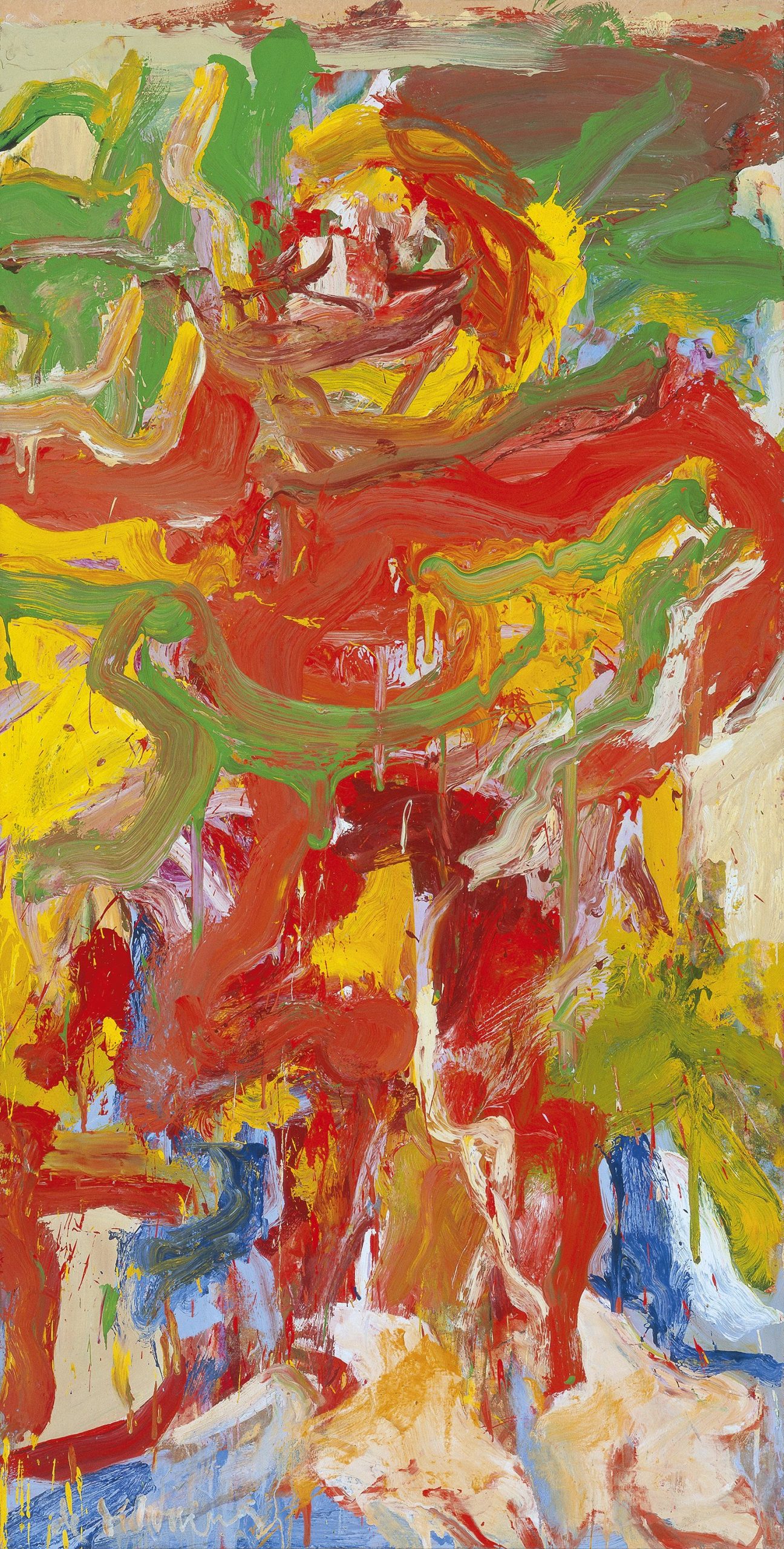
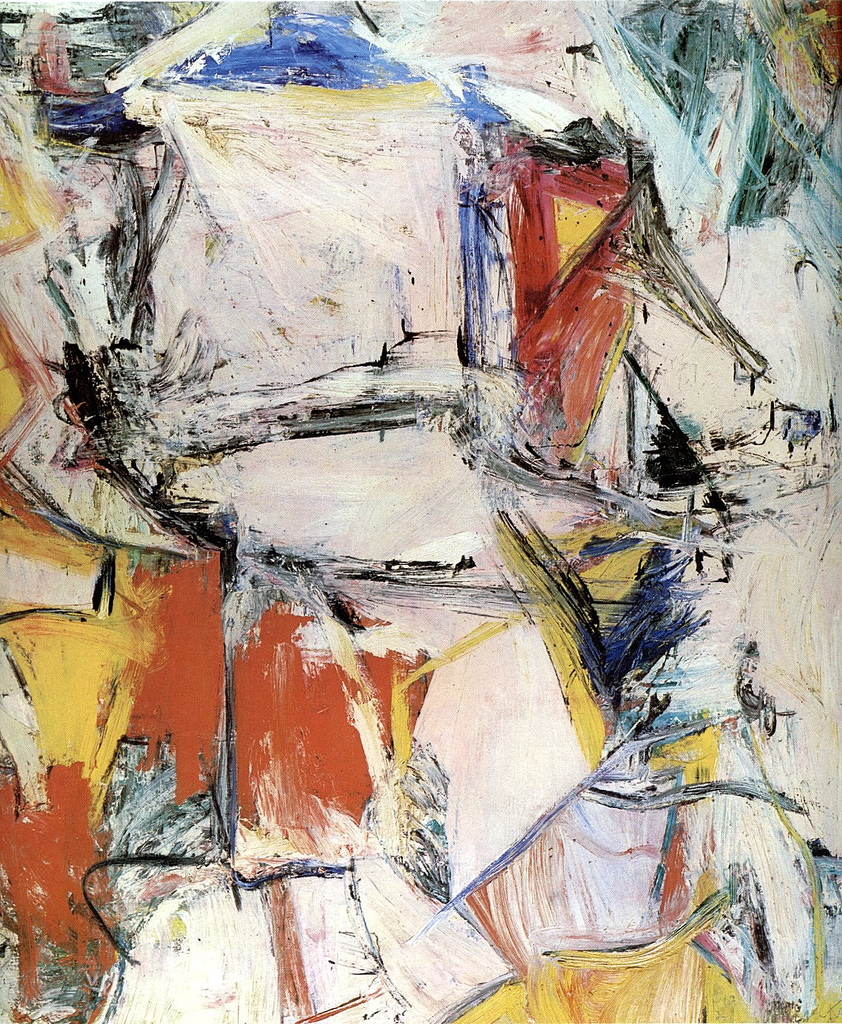
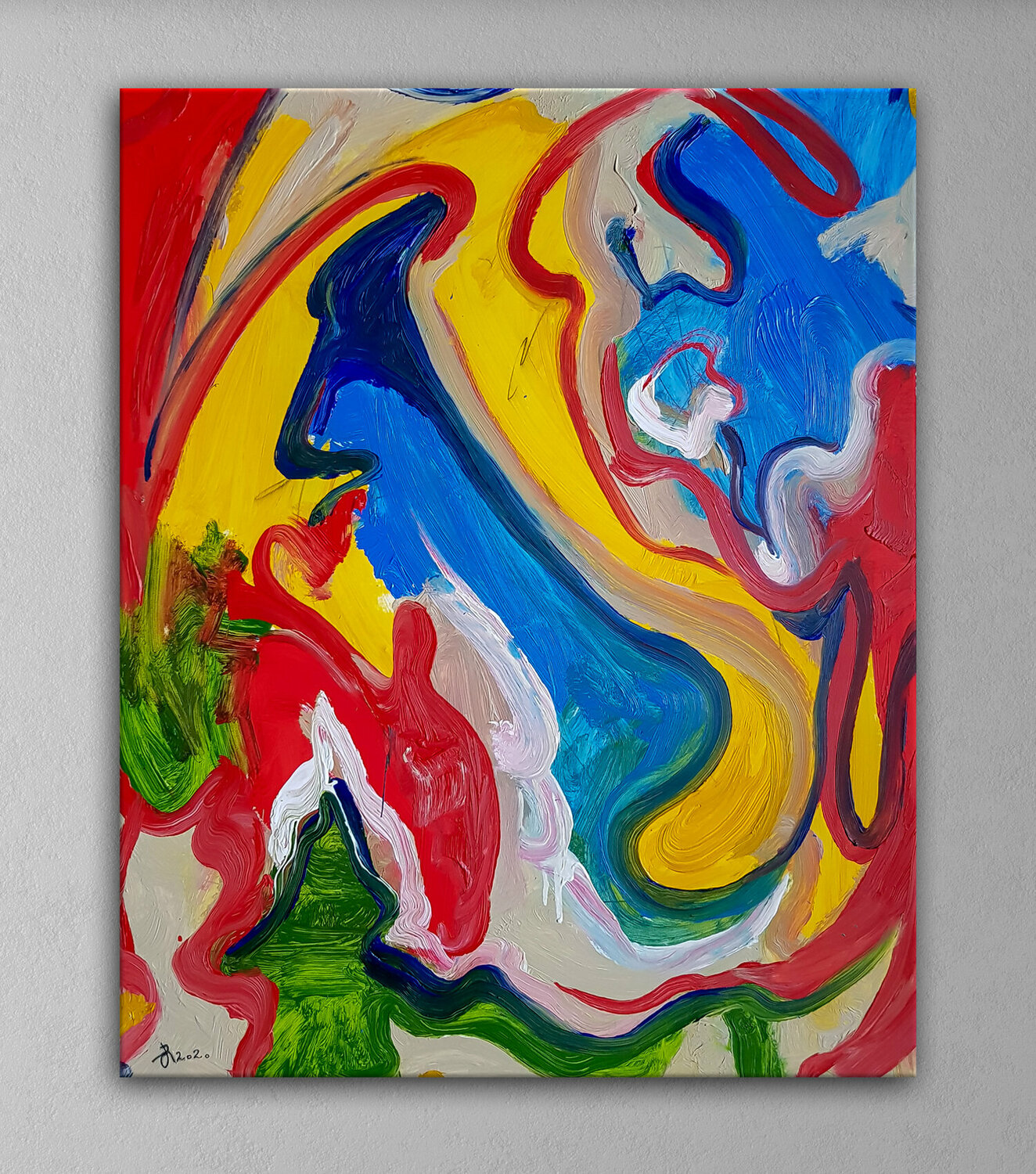
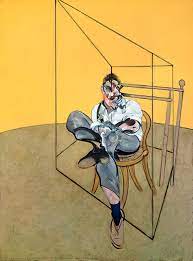
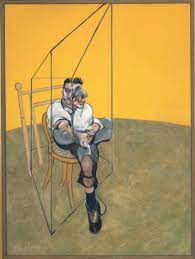
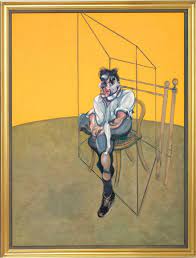
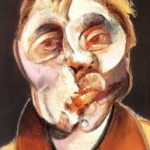
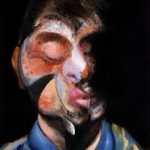

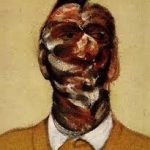

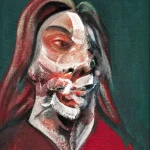

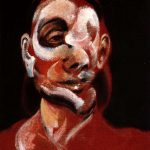
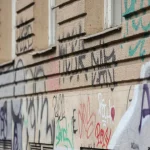







No Comment! Be the first one.